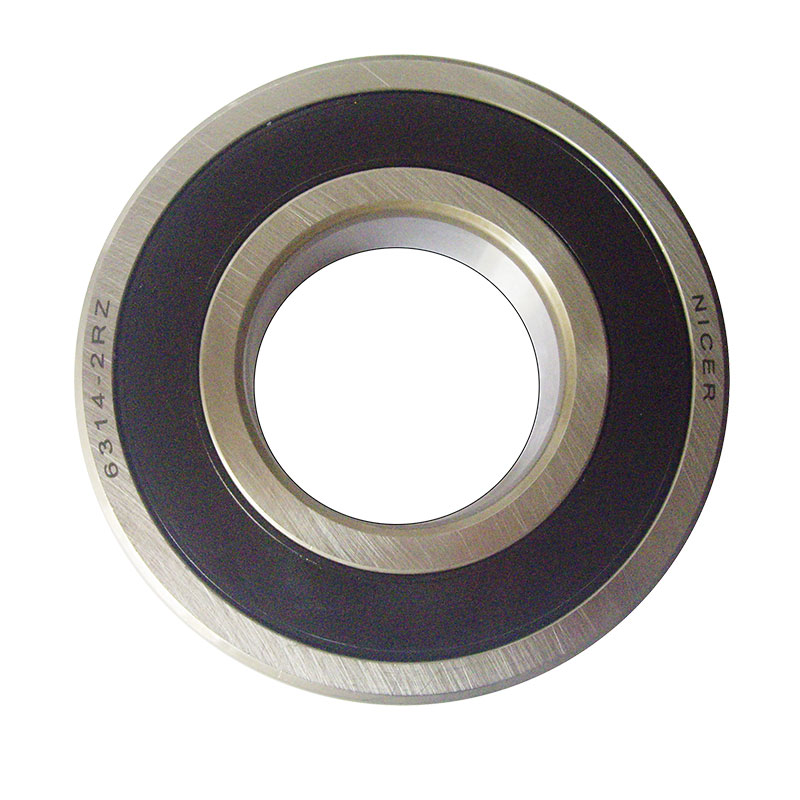In the ever-evolving landscape of energy efficiency, understanding the intricate details of electric motor components becomes crucial. Among these components, electric motor bearings play a pivotal role in determining overall energy efficiency. In this comprehensive guide, we delve into the nuances of how electric motor bearings can significantly impact energy consumption, shedding light on their importance and the key factors that contribute to enhanced efficiency.
Before delving into the specific role of bearings, it's imperative to grasp the fundamentals of electric motors. These devices convert electrical energy into mechanical energy, powering a myriad of applications across industries. An electric motor comprises several essential components, with bearings serving as the silent workhorses that facilitate smooth and efficient motion.
Bearings Unveiled: Their Crucial Role
Reducing Friction for Optimal Performance
Bearings are mechanical components designed to reduce friction between moving parts, enabling seamless rotation within an electric motor. This reduction in friction translates directly to increased efficiency. The choice of bearings can significantly impact how smoothly the motor operates, influencing the overall energy consumption of the system.
Types of Bearings and Their Impact
There are various types of bearings, each with distinct characteristics affecting energy efficiency. Roller bearings, for instance, distribute loads more evenly, minimizing friction and subsequently optimizing energy usage. On the other hand, Electric Motor ball bearing excel in applications requiring high-speed rotation, showcasing versatility in different scenarios.
Factors Influencing Energy Efficiency
Precision and Manufacturing Standards
The manufacturing precision of electric motor bearings plays a pivotal role in determining their efficiency. High-precision bearings, crafted with meticulous attention to detail, contribute to smoother operation and reduced energy loss. Investing in bearings manufactured to stringent standards is a strategic move toward enhancing overall energy efficiency.
Lubrication: The Unsung Hero
Lubrication is a critical factor often overlooked. Well-lubricated bearings experience less friction, resulting in reduced energy consumption. Regular maintenance schedules that include proper lubrication can significantly extend the lifespan of bearings while ensuring optimal energy efficiency throughout the motor's operational life.
Industry Applications and Case Studies
To underscore the real-world impact of electric motor bearings on energy efficiency, let's explore a few industry applications and delve into case studies where bearing choices led to tangible improvements in overall system performance.
Industrial Manufacturing
In industrial manufacturing settings, where precision and reliability are paramount, opting for ceramic bearings has shown remarkable results. The inherent properties of ceramics, including high durability and resistance to wear, contribute to prolonged bearing life and, consequently, enhanced energy efficiency.
Automotive Sector
The automotive sector, driven by a relentless pursuit of fuel efficiency, has witnessed a shift towards hybrid bearings. These Motor Bearing, combining traditional steel and advanced materials, exhibit reduced friction, resulting in improved fuel economy—a testament to the far-reaching implications of bearing choices.
Conclusion
In conclusion, the impact of electric motor bearings on energy efficiency is a multifaceted consideration that extends beyond mere mechanical functionality. From reducing friction to choosing the right type of bearings for specific applications, every decision influences the overall performance of electric motors. As industries continue to prioritize sustainability and energy conservation, understanding and optimizing the role of bearings becomes a strategic imperative.

评论
发表评论